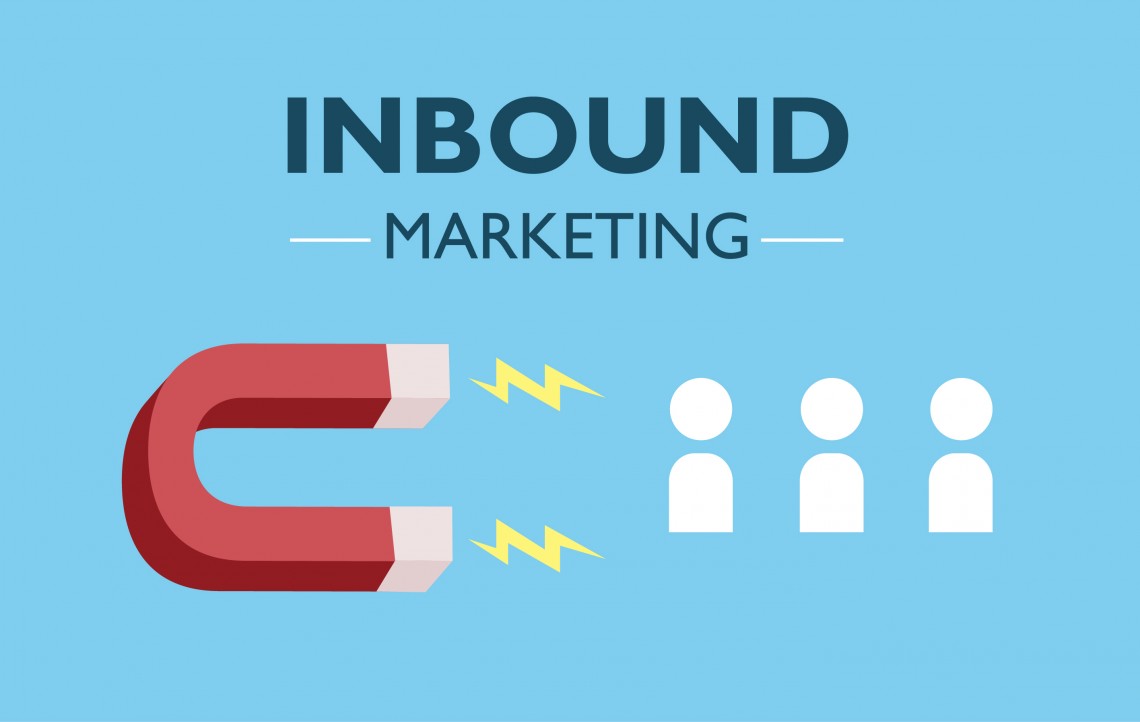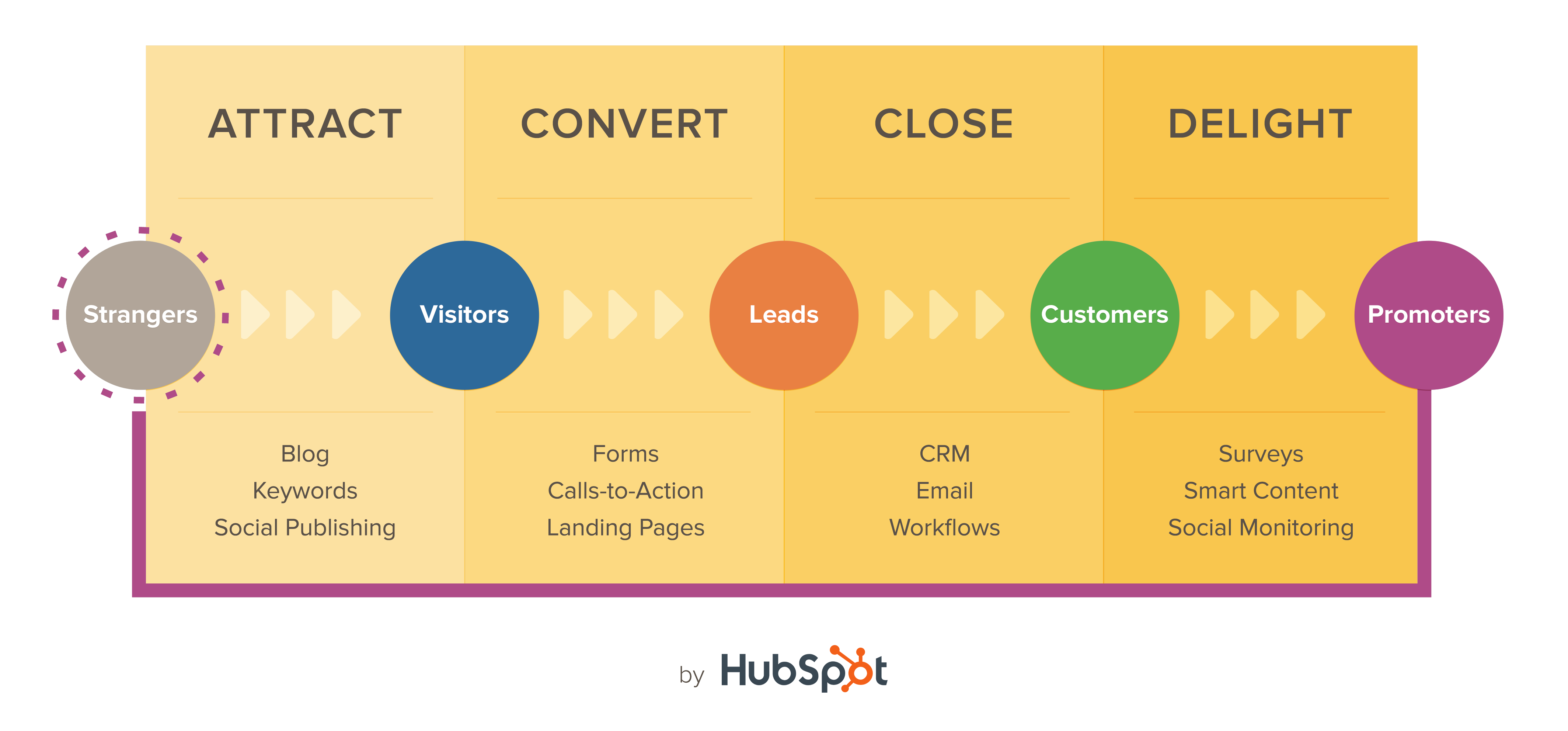
7 Common Email Marketing Mistakes to Steer Clear Of7 Email Marketing Mistakes You Should Avoid
September 23, 2025
3 Essential Components of a Winning Digital Marketing Strategy
September 23, 2025
Often, you hear “content marketing” and “inbound marketing” mentioned in the same breath. So, are these just two similar terms which mean the same thing? And more importantly, which provides a more comprehensive strategy for B2B companies.
Here is the short answer: consider content marketing as being under the umbrella of inbound marketing. Inbound marketing comprises of attracting, qualifying, nurturing, closing and delighting. In other words, if you are not practising inbound, your marketing is not achieving it’s the full potential.
Before we move onto inbound marketing, let us revisit just what is content marketing. According to experts at the Content Marketing Institute: “Content marketing is a strategic marketing approaching focused on creating and distributing valuable, relevant and consistent content to attract and retain a clearly defined audience – and ultimately to drive customer action.”
It could be in the form of a blog article, infographic or even a video targeted at a specific audience. However, this is as far as content marketing goes and this is where inbound marketing is that much more.
Inbound marketing involves the use of tools and processes that leverage the behaviour of your buyer personas. In short, you generate traffic, form relationships with your leads and continue to delight them even after they become your customers. It works particularly well for complex industries like manufacturing or even IT companies selling SaaS. These buyers have longer sales cycles, and inbound marketing allows you to utilise all the tools to build relationships with your prospects at scale.
Yes, informative content helps by engaging your prospects who are looking for answers. But the inbound methodology does more than just that: it provides a framework for all your assets in your marketing mix. It allows you to form strategies, produce content, distribution, promotion, SEO, lead nurturing and even aligning your marketing and sales.
Here’s to give you an idea of the inbound methodology. In the beginning, you need to ensure that you focus only on your buyer personas, the ideal target audience which is valuable to your business.

Attract: You are driving the right kind of visitors that are valuable to your business.
Convert: Convert traffic into leads with a more personalised experience.
Close: Closing leads into customers using a targeted nurturing strategy.
Delight: Delighting current customers into promoters of your brand.
As above, to ensure you maximise the potential of inbound, you need to have the right systems in place. That is, a CRM coupled with marketing automation which helps you qualify and nurture the right leads at scale. Also, it should provide you with data for your sales team to improve their closing rates.
Take note of the importance of analytics for monitoring your marketing performance. Not only will it provide the metric on how potential customers are engaging with your business, but it also allows you to make data-based decisions to improve your performance. That way, you can create relevant workflows to deliver personalised content to the right person, leads or customers based on their needs.
Of course, content is crucial. Content marketing will be used to integrate with your conversion strategy. Inbound produces results by using content as a lead magnet to attract and turn prospects into leads. Therefore, the focus is on optimising the content and the conversion experience. When using all the components of inbound marketing, it then becomes a powerful approach for even complex B2B industries. After all, what you are investing in is a repeatable and scalable process that produces leads continuously.
{{cta(‘ec418b7f-ed6f-4f47-8c67-f6a428dd1985′,’justifycenter’)}}


